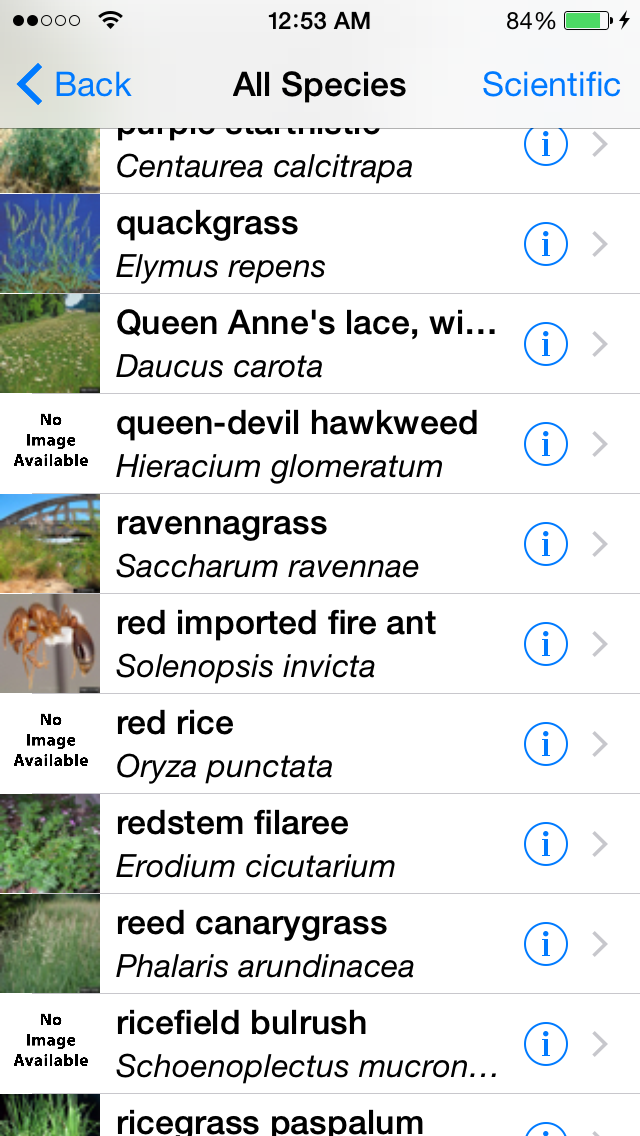The naturally occurring bogs in the southeastern United States are the 2nd most bio-diverse habitats in nature, falling short only to rain forests. What makes bogs different than swamps, ponds, marshes, and other wetlands is that bogs are wet meadows or depressions with a layer of peat moss as part of the bottom layer.
Cedar Bog in Ohio
Bog gardeners are picking up popularity (along with peat moss and sand) in an attempt to add a pick-up of vibrant, diverse lifeforms in their landscapes. Certain insects are only attracted to the unique plants specific to bogs and nowhere else which causes a different variety of birds to come to bogs. Carnivorous plants also favor bogs, and children love carnivorous plants. Less that 10% of the pitcher plant bogs that once occurred in the Southeast are still remaining. Wildlife that wouldn't normally appear in dried places appear in bogs: dragonflies, turtles, and tadpoles.
Other people don't intend to build a bog garden but end up with one when they're running water through the ground and need a natural filter. Plants use the waste broken down in a bog as fertilizer, this results in water that is more clear along with healthy fish and vigorous plants.
Soil for a new bog consists of 80 percent peat moss and 20 percent sand. Good spots should have a sun exposure. Bogs should be at least one foot deep so plant roots can develop. Place a plastic pond liner on the bottom and punch holes in it for water drainage. A balance must be maintained between over-watering and letting the bog dry out else the water becomes stagnant and mosquitoes will breed in it.
by Kyle H.
Sources
http://onlineathens.com/stories/071810/liv_677487389.shtml
http://jimmccormac.blogspot.com/2012/06/crested-wood-fern.html













